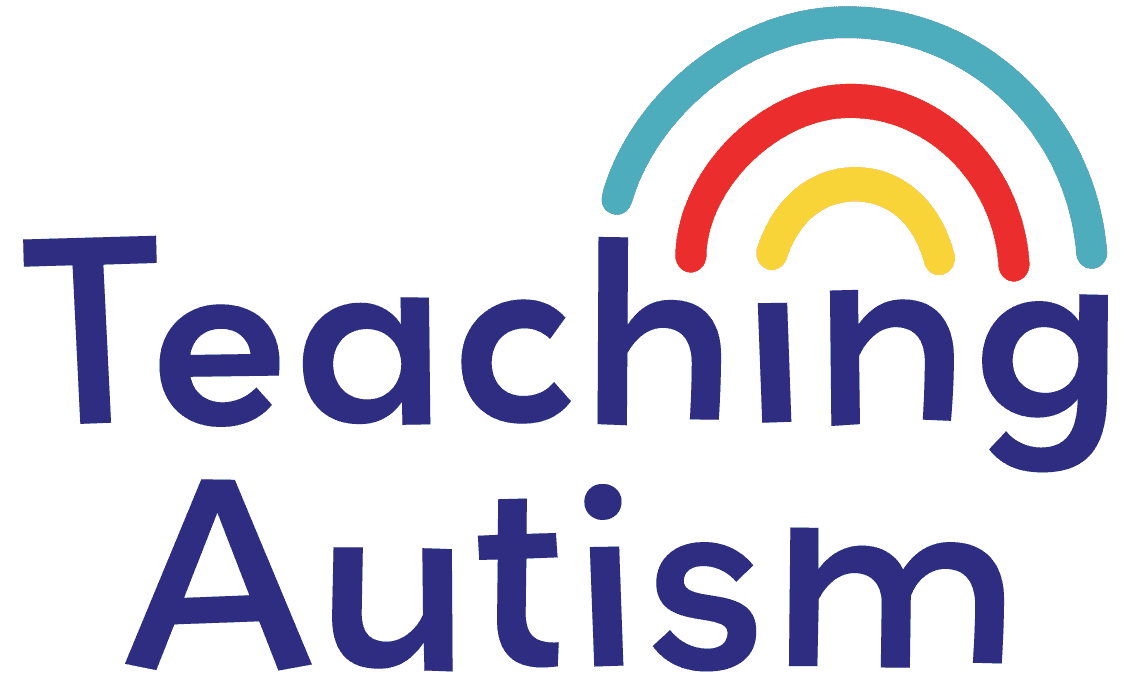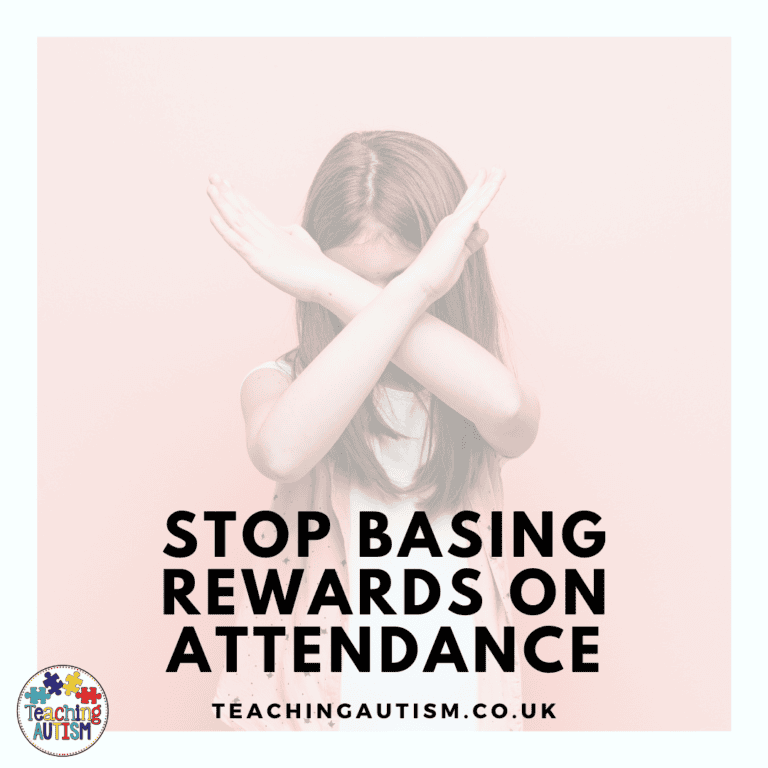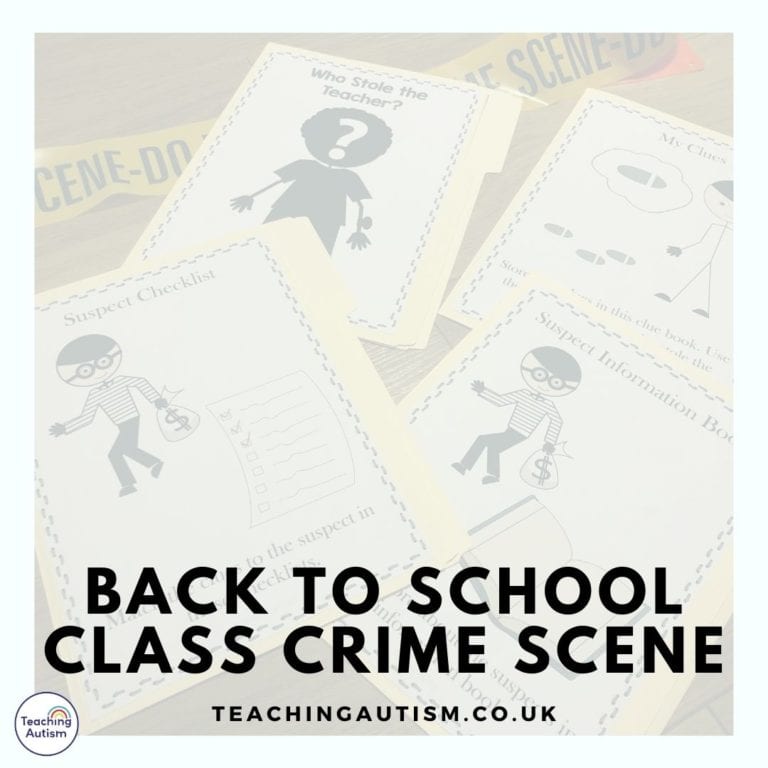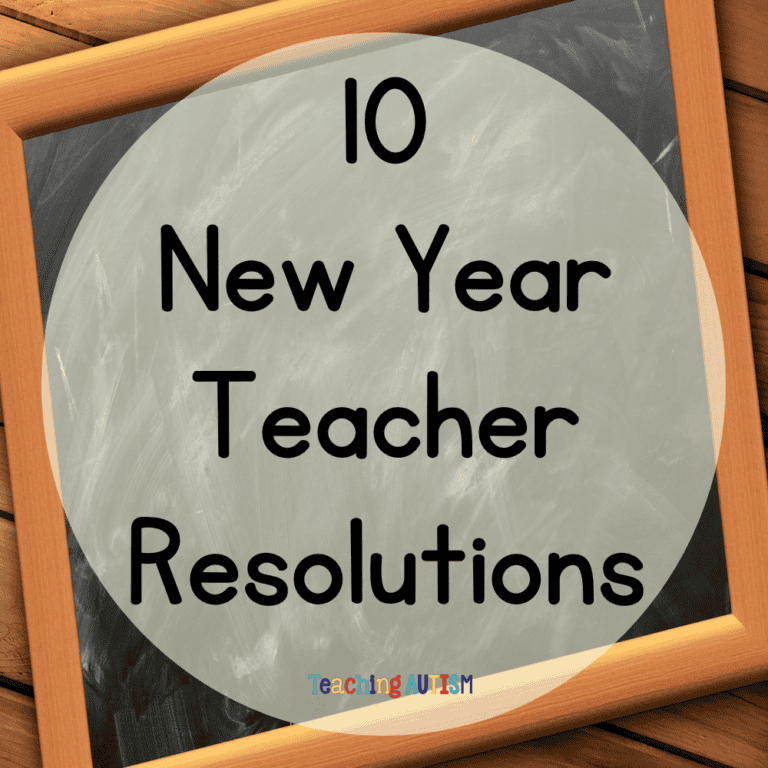Autism Classroom Management Strategies
These classroom management strategies are one of the most important parts of running your classroom. In fact, it’s probably the most important piece to the classroom puzzle. There are so many different strategies available now to use for classroom management. And this can make it daunting to decide which one is best for you, your students and your classroom. Today, I’m sharing some of my favourite classroom management strategies that are perfect for autism and special education classroom settings.
Conscious Discipline
Visual Timers
I love using timers in lots of different ways. We use them to let students know how long they need to work for. Or how long is left of their choice time. When is dinner going to be.. how long until playtime etc. They can be used for behaviour management too and giving students a break.
Visual Schedules
Honestly, we couldn’t function without these. My students love having visual schedules and being able to see what’s happening. We often change things on the schedule just so our students don’t get too attached to a strict schedule. We don’t want them to have the perfect schedule then one day we can’t do something and they’re not used to change.
Get Quieter.
Get quieter instead of getting louder. Have you ever found yourself in a situation where your students get louder – so you do? Has it ever worked? Probably not. The goal is to just go quieter and use hand gestures. They’ll soon start coming around to this idea.
Know Your Students
Find out their backgrounds, their story, connect with them, build relationships. This is one of the most important pieces of our classroom. Every member of staff is encouraged to connect with students and build relationships with them.
Planned Ignoring
Some behaviours just don’t warrant a response. Especially if the behaviour is being done specifically to get attention. Behaviours that you can ignore – ignore them!
Reward Replacement Behaviours
If a student has been doing something for so long but they finally do something else instead that’s more positive – reward them!
Individual Reward Systems
Sure, whole class rewards can be great too. But sometimes, individual rewards are more effective. You can tailor them to that individuals interests and likes.
Pick Your Battles.
Know when to battle for something – and when something isn’t worth battling over. Nobody is perfect.
Praise
Lots of praise. Unless your student(s) can’t handle praise. I’ve met students who thrive under praise. And I’ve met students who can’t handle praise and it sends them the other way.
Super Improver Wall from Whole Brain Teaching
Brain Breaks
We love brain breaks and yoga breaks. They get us up, moving and our brains ready to concentrate again.
Routine
Try to get into a regular routine so that your students know what to expect. Keep work times, choice times and break times the same. So students will come to recognise when they’ll have a break coming up and how long ‘work’ lasts for.
Consistency
Be consistent. Talk to your members of staff and ensure that you are all on the same page. Make sure everyone understands how the class runs and how to react in different situations.
Routines and Procedures
Teach routines and procedures at the start of the year, then go over them regularly. There’s no point going straight into work on the first day of school if you haven’t got these set up.
Breathing Exercises
You’ll be surprised how much they help to regulate and calm you and your students. You can find lots of great ones on YouTube to try out.
Respect
Treat your students with respect.
Positive Reinforcement
Happy Class from TotemPD
Zones of Regulation
What are your favourite classroom management strategies? What do you use that is successful in helping you to run your autism classroom? Let me know in the comments below – I love hearing from you!
If you found these strategies helpful, please consider sharing this post on your social media.
Nikki








